
(www.MaritimeCyprus.com) European Maritime Safety Agency guidance on the gradual and safe resumption of operations of cruise ships in the European Union in relation to the COVID-19 pandemic is now available.
The objective of this Guidance is to facilitate a safe re-start of operations of cruise ships in the EU, by recommending minimum measures expected to be implemented by all those concerned, while maintaining general safety and security standards. This Guidance is meant for EU/EEA flagged ships engaged in international voyages and for ships calling at an EU/EEA port irrespective of Flag.
The trigger
The coronavirus disease 2019 (COVID-19) pandemic has heavily affected cruise operations in the EU and globally. The restart of this important economic and employment activity will be gradual. Cruise operators need to ensure that cruises do not pose unacceptable health risks to passengers, staff, and the general public, in particular when compared to other types of package holiday.
Objective
The objective of this Guidance is to facilitate a safe re-start of operations of cruise ships in the EU, by recommending minimum measures expected to be implemented by all those concerned, while maintaining general safety and security standards. This Guidance is meant for EU/EEA flagged ships engaged in international voyages and for ships calling at an EU/EEA port irrespective of flag.
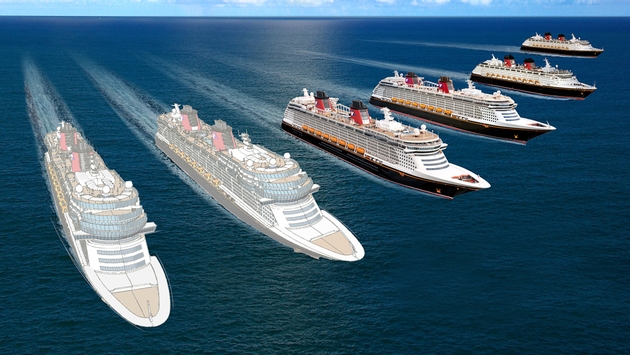
Applicability
The safe operation of any cruise ship normally requires the involvement of several parties, namely the company managing the ship, the ship’s master and crew, the ports and terminals where the ship will berth/anchor, the State of which flag the ship flies (Flag State) and the States that the ship visits (Port State), which could be a port or an anchorage. In general, the Flag State is responsible for determining what happens onboard the ship and Port State is responsible for determining the requirements to be applied by a ship when it enters the territorial waters of that particular State. The cooperation of these main parties concerned is essential to restart (or continue) safe operations and to respond to the challenges posed by the COVID-19 pandemic.
Guidance structure
This Guidance is divided in three parts and follows a goal-based approach, suggesting for each part the topics to be addressed by the parties involved.
The first part of this Guidance addresses the ship side and recommends the development of a COVID-19 Company and Ship Management Plan, following a tailor-made risk assessment by the company. Such a plan should propose mitigation measures for implementation, together with the possibility of third-party verification.
The second part recommends the development of a COVID-19 Port Management Plan by each Member State/port/terminal receiving cruise ships, for which a minimum set of measures are also suggested.
The third part puts forward the recommended elements on which the company and the port/terminal receiving the ship should agree, with the purpose of having an agreement in place based on those elements before any voyage takes place. It is also expected that procedures and a cooperative framework are established at the same time in case a COVID-19 outbreak occurs on board.
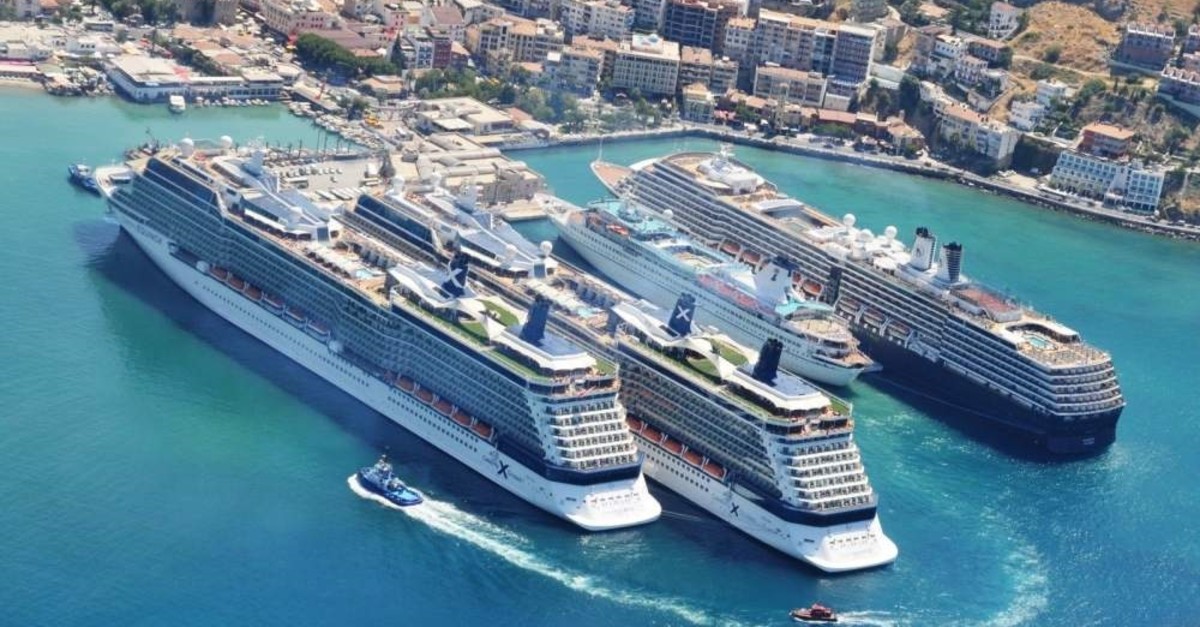
This Guidance is not intended to provide prescriptive solutions, but rather to assist in addressing the risks identified related to the COVID-19 pandemic. However, it is very important to note the Annex “Scientific evidence and additional considerations on COVID-19†in which the European Centre for Disease Prevention and Control (ECDC) indicates specific measures that are recommended to be followed when developing the respective Plans. In this respect, reference is also made to the Interim advice for restarting cruise ship operations after lifting restrictive measures in response to the COVID-19 pandemic, prepared by the EU Healthy Gateways Joint Action.
In addition, this Guidance does not and should not impact any safety or security standard onboard a ship. This Guidance may also be of assistance for Flag States before allowing a cruise ship back into service and for Port States in assessing potential visits of cruise ships.
Finally, this Guidance is not intended to replace the verification of specific health measures, which may be required by health authorities. Considering the dynamic situation of the pandemic, it is acknowledged that some of the health advice included in the reference documents will likely be updated. Therefore, it is suggested that the websites of the relevant organizations should be checked regularly for the latest updates. In any case this Guidance is a “living document†and may be updated depending on the evolution of the COVID-19 pandemic, and the experience gained with the implementation of this guidance.
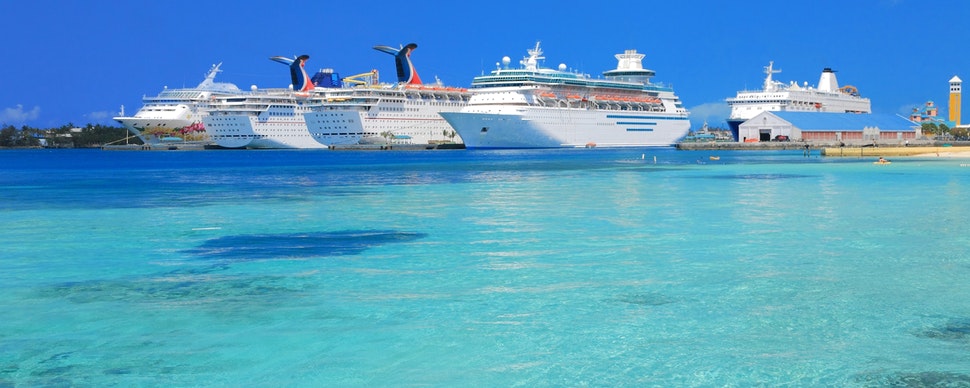
Besides cruise operations, other types of maritime passenger transport also pose a potential health risk on the one hand and have been impacted severely by COVID-19 on the other. There has been a very significant drop in maritime passenger services (without taking account of cruises) compared to the same period last year. Their restoration is vital for the economy and has also an important social dimension.
Ro-ro passenger operations facilitate economic activities directly, by transporting goods and people and by connecting island communities domestically, between EU Member States and with neighbouring countries. Some islands and ferry connections across sea straits are the only “lifeline†and the only means of transportation available. This is the main reason why ferries, albeit at a much lower level of activity, have continued to operate where possible, whilst cruises, as a leisure activity, almost came to a full stop.
For more details, click on below image to download the full guidance paper:
Source: EMSA
https://youtu.be/G3uNk9wjbdE





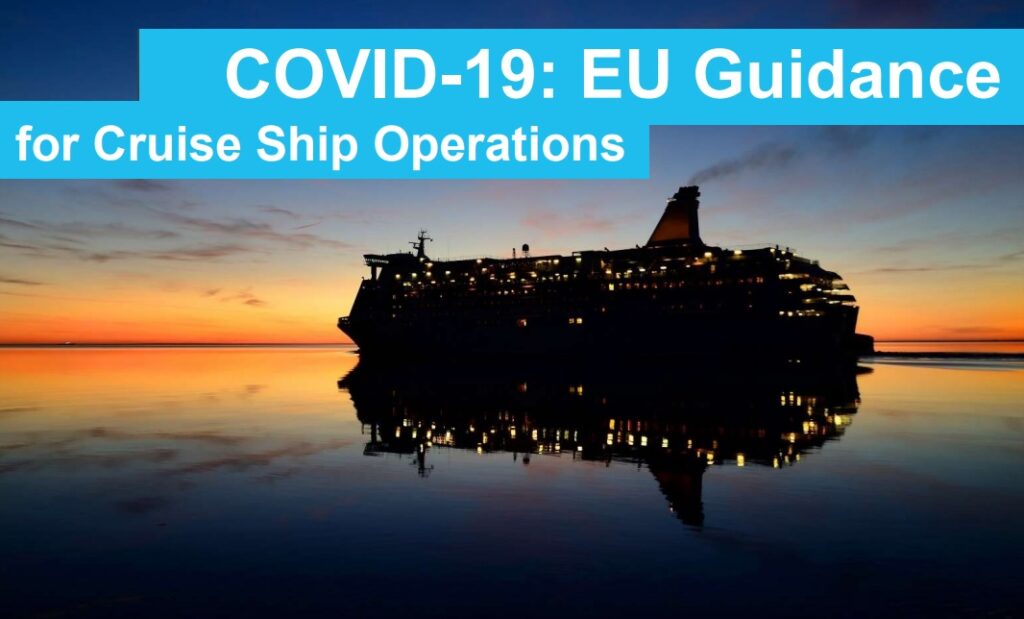
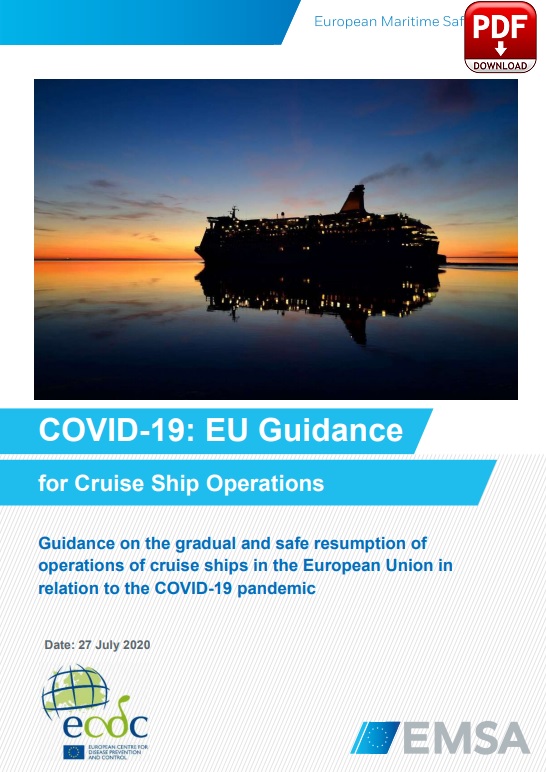








To whom it may concern
It is highly suggested that a study be made on how COVID-19 could affect the water supply on all ships and what additional measures must be taken to protect contamination of potable water .